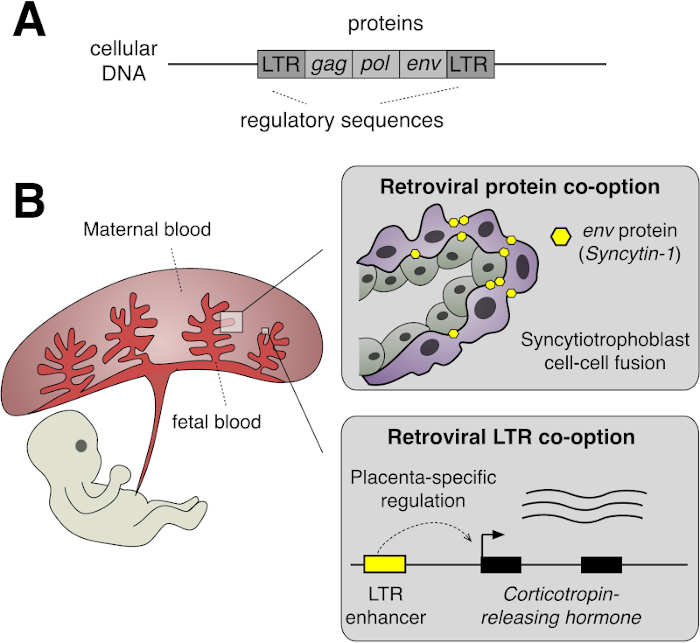Review: Some Assembly Required
In Some Assembly Required, biologist Neil Shubin explores a theme he already touched upon in his 2008 book Your Inner Fish and the 2014 PBS documentary of the same name: How do complex bodies, with all their specialized functions, evolve? How does evolution build on that which has come before?
To answer these questions, Shubin revisits the discoveries of biologists and naturalists of the past and introduces some of the most recent findings of molecular biology. This is a popular science book, so scientific facts become stories whose protagonists are brought to life with biographical detail.
The key concepts Shubin introduces include:
-
how biological traits that have evolved for one function are re-purposed (exapted) for another (e.g., feathers likely evolved first for temperature regulation, then were exapted for flight);
-
how small changes in embryonic development can have dramatic effects on the resulting individual—e.g., the slowing of physiological development known as neoteny, where adults may retain traits otherwise only seen in the young;
-
how gene duplication events (e.g., via self-copying genes known as transposons or “jumping genes”) enable evolution to experiment with myriad small variations of existing genetic recipes, which has led to vast gene and protein families;
-
how plant and animal cells incorporated previously free-living organisms and thereby gained crucial new capabilities, the classic examples being mitochondria (the powerhouses of animal cells) and chloroplasts (the photosynthesis engines of plant cells);
-
how viral elements have made their way into our DNA and have been co-opted for important biological functions (e.g., to make the protein syncytin, which is a key component of the placental barrier between fetus and mother).
Shubin explains how evolution often arrives at the same solution multiple times, with different genetic origins, and illuminates why some evolutionary pathways are likelier than others.

A retrovirus upon integration in the host genome (A), where its genetic code has been co-opted for building a protein used in placental development (B, top), and for the regulation of birth timing (B, bottom). (Credit: PLOS Biology / Edward B. Chuong. License: CC-BY.)
The book only scratches the surface of these concepts, and much of what it does cover is likely to be well-trodden ground for readers who have picked up a book about evolutionary biology since their school days. At the end of each chapter, I found myself hungry for more detail.
To Shubin’s credit, in the final section of the book, he provides a kind of afterword for each chapter, which includes sources and additional reading recommendations. I found this approach much more useful than a conventional bibliography or a set of disjointed footnotes.
I would give this book 4 stars — it’s a light, quick and engaging read on a fascinating topic. For readers looking for more breadth or more depth, I would recommend the following writers:
-
Richard Dawkins, if you are not put off by his politics, is still one of the best science writers I know. The Greatest Show on Earth: The Evidence for Evolution (2009; reviews) is a passionate, detailed and eloquent introduction to evolutionary biology.
-
Nessa Carey has a remarkable talent for getting as close to the science as possible while still writing for a lay audience. I read The Epigenetics Revolution (2012) and was deeply impressed by her clarity and ability to break down very complex concepts.
-
Andreas Wagner is a biologist bringing his own ideas to a larger audience through popular science writing. If the science behind it withstands scrutiny, Arrival of the Fittest (2014; reviews) could well be turned into a new chapter in the next edition of Some Assembly Required.
In short, Wagner argues that in order to find new functions for old genes, evolution has to take a “genetic walk” from A (old function) to B (new function). He explains the importance of neutral mutations in these genetic walks. His latest book, Life Finds a Way: What Evolution Teaches Us About Creativity, looks similarly fascinating.
If you’re on the fence about Some Assembly Required, consider getting a copy of the PBS documentary Your Inner Fish. It showcases Shubin’s storytelling talent while still packing a good amount of science. If you enjoy it, you’re unlikely to be disappointed by Some Assembly Required.
